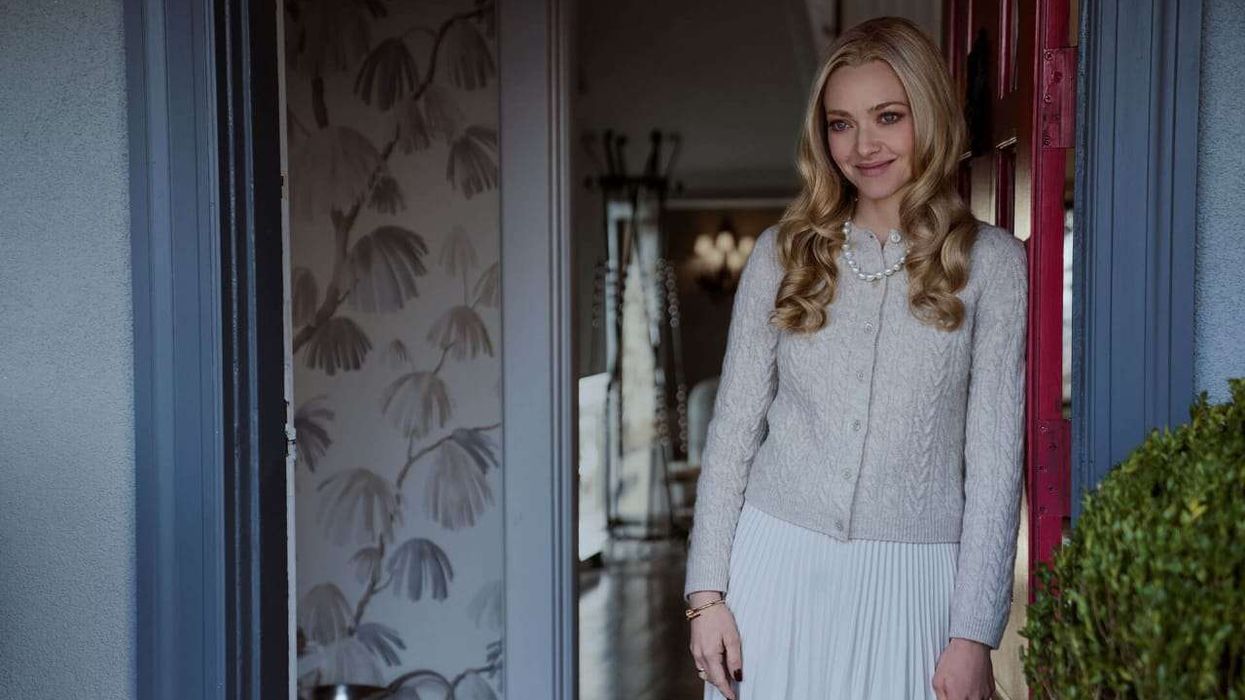Actor-filmmaker Satish Kaushik, who last directed Gangs of Ghosts in 2014, is set to return behind the camera once again. He has started work on his next directorial venture, titled Kaagaz. The film stars talented actor Pankaj Tripathi in the lead role.
Kaagaz, which started shooting in October in the Sitapur district of Uttar Pradesh, will be produced by superstar Salman Khan under his production banner, Salman Khan Films. The duo last teamed up for blockbuster film Tere Naam in 2003.
Based on a true incident, Kaagaz is set in Uttar Pradesh. It tells the story of a farmer called Lal Bihari who was declared dead on paper because his relatives, in cahoots with a corrupt official, wanted to snatch his land. Pankaj Tripathi will play the character of Lal Bihari in the movie.
“Satish Kaushik recently shot for a cameo in Bharat and that’s when he narrated the basic premise of his next to Salman. At the end of the narration, Salman was blown away by the concept and decided to produce as well as distribute the film under his banner,” reveals a source.
There is no update on the release date of the film.





 The film tackles Nina Winchester's complex mental health strugglesLionsgate
The film tackles Nina Winchester's complex mental health strugglesLionsgate  Seyfried and Sweeney were specifically cast due to their striking physical similaritiesGetty Images
Seyfried and Sweeney were specifically cast due to their striking physical similaritiesGetty Images  Sklenar noted his characters Andrew Winchester in The Housemaid and Atlas Corrigan in It Ends With Us are "polar opposites". Lionsgate
Sklenar noted his characters Andrew Winchester in The Housemaid and Atlas Corrigan in It Ends With Us are "polar opposites". Lionsgate 





